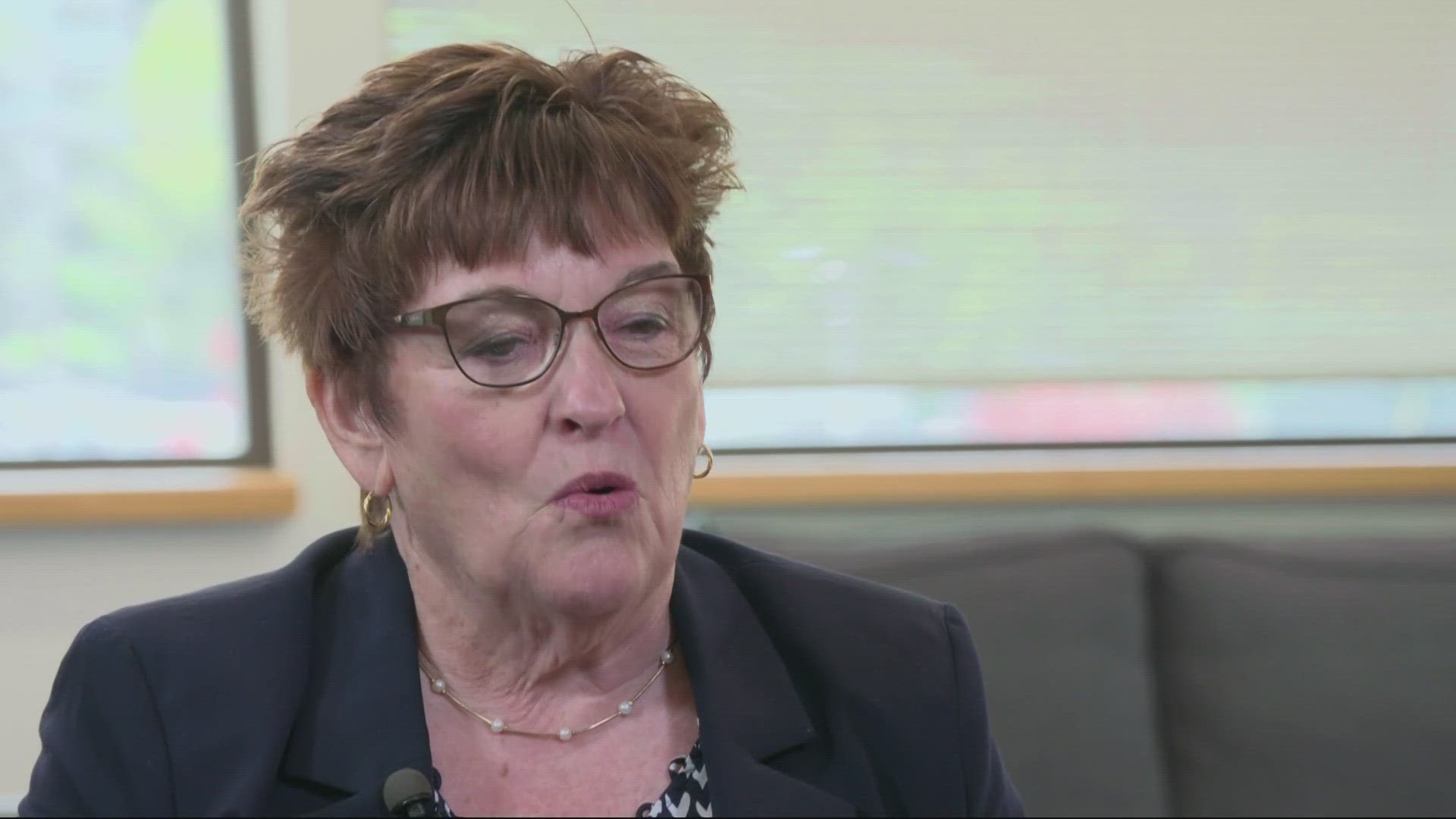Oregon has one of the highest populations of people who identify as nonreligious, according to a new Gallup survey.
Nearly half of those polled in Oregon -- 48 percent -- said religion was not important to them. Twenty-eight percent said they were very religious and 25 percent said they were moderately religious. The survey polled 2,303 people.
Neighboring Washington registered in at 47 percent of residents who said they were not religious.
Vermont was the least religious state with 59 percent saying they were not religious. The most religious was Mississippi, with 59 percent identifying as very religious.
What do these designations mean?
- “Very religious": Americans identified with a religion as very important in their lives and attend services weekly.
- "Moderately religious”: Religion is important to them and attend services almost weekly.
- "Nonreligious": These people said they seldom or never attend services.
Two regions -- the Pacific (Washington, Oregon, California, Alaska, and Hawaii) and New England (Rhode Island, Connecticut, Massachusetts, New Hampshire, Maine, and Vermont) -- were the least religious regions. They combined for 10 of the 11 least religious states.
The Southwest and Southeast have lived up to being America’s bible belt. Forty-five percent of people in the Southwest and 43 percent of people in the Southeast say they are “very religious.”
One of the main factors could be age. Only 28 percent people younger than 30 identified as very religious, compared to 47 percent of people 65 and older.
Religious affiliation is a major contributor to the differences by state. Mormons are the most likely to be very religious at 73 percent, followed by Protestants at 50 percent, Muslims at 45 percent, Catholics at 40 percent and Jewish people at 18 percent.
The results are based on 130,959 interviews on Gallup’s U.S. Daily survey in 2017. There are more than 6,000 interviews in each region.



